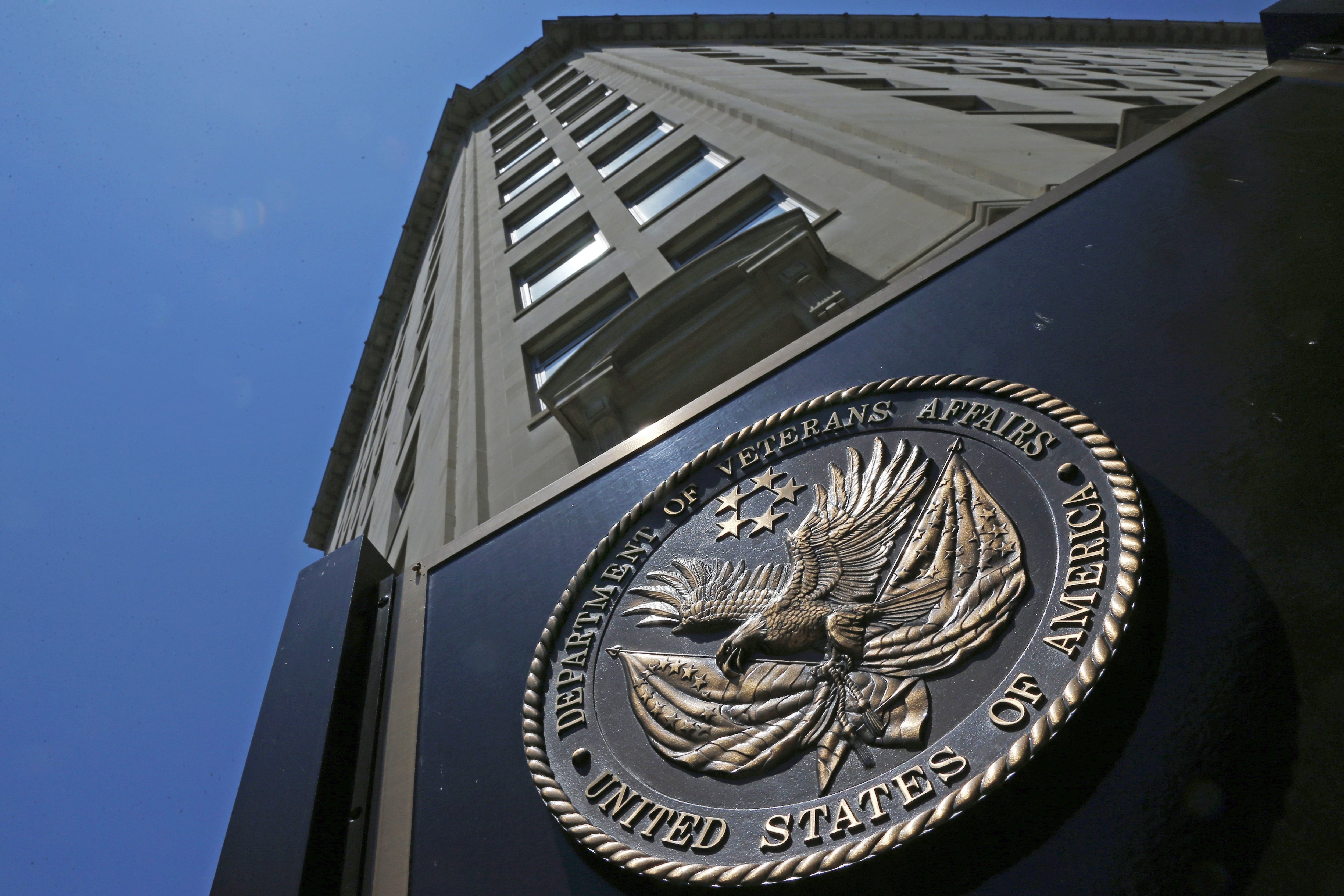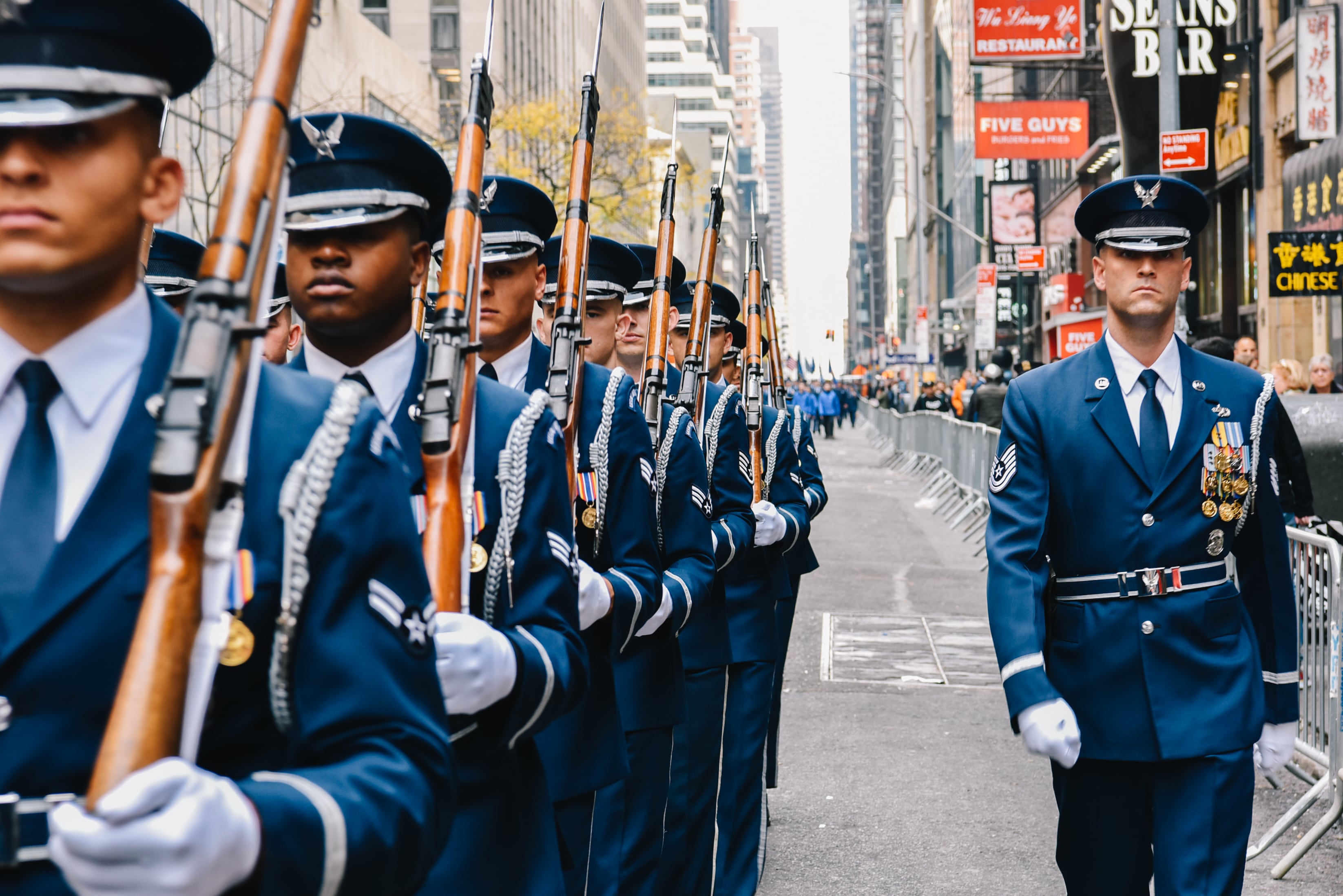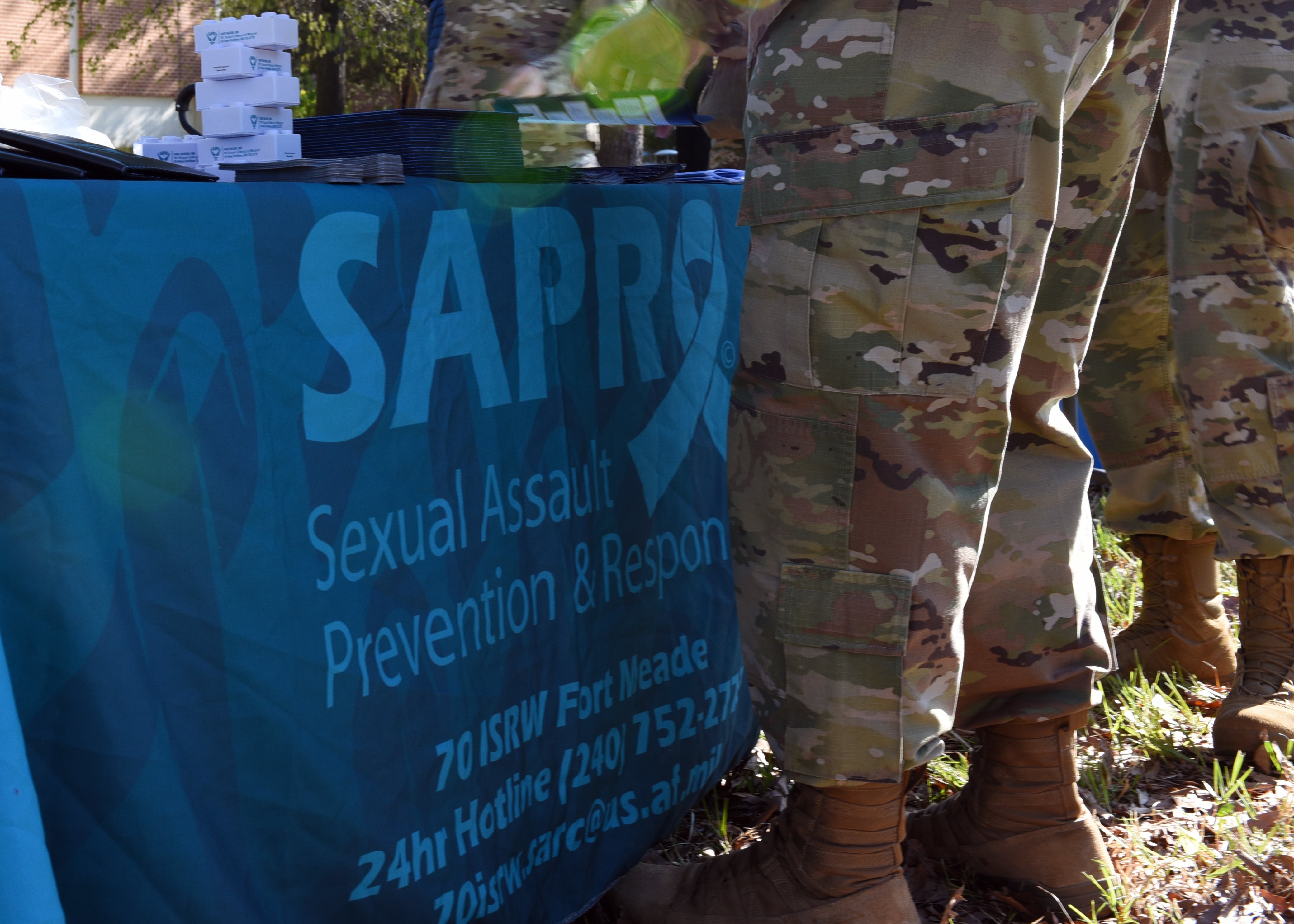It's time.
All those winter weather excuses that have kept you from running are fading with the melting snow.
Whether you're gearing up for a PT test or buckling down to take on a marathon this fall, it's time to lace up those running shoes.
Here are some of our favorite tips from Military Muscle columnist Bob Thomas to help you get started.
Longer doesn’t lead to faster
You can't go faster without going fast. Over the past years, people have come to me to lower their run time on the 1½-, 2- or 3-mile run. We do lots of 800- and 300-meter runs, all at high speed. Leg turnover increases, and everyone's time goes down.
‘Wave’ to help hit goal pace
This workout helps a runner learn efficiency of pace and hit measured distances consistently. You need a stopwatch and a distance that you can mark at 440, 330, 220 and 110 yards. It can be on a track or a straight distance, but you must have it marked.
more
Here's how it works: You will run each measured distance, starting with the quarter-mile, four times, alternating a race pace with a recovery pace. Finish all the work at one distance before proceeding. And remember:
- class="p4">The hard pace, regardless of the distance, is always your race goal pace.
- class="p4">The goal time you set for each distance is a subset of the race goal.
The objective of the Wave is to learn discipline of pace without ever going "anaerobic" — when muscles begin working without oxygen. At the same time, it helps you gain a good mileage base: At the end of the four-rep session, you will have run 2½ miles. By taking the sets up to six reps at each distance, you will complete four miles.
Work the Wave into your aerobic workout once a week and I guarantee you will drop your fitness test run time.
4 drills to improve speed
Many runners believe that to be better runners, they need to run more, run longer, run faster — and that strength training will only make them tight, sap their flexibility and raise their risk of pulled muscles and injuries.
Not true. The bottom line: Stronger muscles are more powerful muscles, and more power can help you run faster over the same distance with less effort. Here are four strength exercises that can give your running program a boost. Try to do 10 reps of each exercise.
- class="p4">6-count burpees:This is the variation that adds the pushup and finishes on an explosive jump.
- class="p4">Bridge to leg curls: Lie on the floor with your feet on the top of a stability ball. Your glutes should be on the floor, but your legs should be as straight as possible. Bridge up, squeezing your glutes together and raising them off the ground. Your body should be in a straight line from your shoulders to your feet. Putting pressure through your heels, roll the ball toward your glutes. Here is the key to correct technique: You must keep raising your hips as you roll the ball toward you. The straight line is now from your shoulders to your knees. Try to touch your glutes with the ball. A progression to this exercise is to do it one-legged (you’ll raise the noncontact leg in the air).
- class="p4">Squats: These works the quads. If you want to use a weight, try the "goblet squat." Using a single dumbbell held in a vertical position at your chest — as heavy a weight as you can accommodate — slowly drop down so that your thighs are parallel to the floor. Rise back up quickly, first activating your glutes by squeezing them together to start the push.
- class="p4">Dumbbell hammer curlsto shoulder press: This keeps your upper torso strong so that toward the end of a training run or race you don’t start to sag and lose your form, making you struggle to keep your pace. Hold the dumbbells at your sides, palms facing each other. Bring the dumbbells up into a curl. When you reach the top of the curl, push your elbows out to the sides so your palms now face forward, then perform a shoulder press, bringing the dumbbells together with arms extended above your head. Reverse everything on the way down: Elbows come back to your sides when the dumbbells reach your shoulders, and palms face each other as you finish the hammer curl. A great progression is squeezing a small stability ball between your thighs while executing the movement. This tightens your entire core.
Better start — faster time
The intent of this warmup is to raise the core body temperature and lubricate the muscles, allowing them to contract and relax more efficiently and preparing them to fire in the way they will be asked to in the event exercise. Military services may differ on warmups, the amount of time allotted between events, number of events and where the run occurs, so plan accordingly. You can also use this prior to a competitive run, but lengthen the pieces to total about 45 minutes.
- class="p4">Pre-test active warm-up: Military fitness leaders are onboard with this for the most part. Do squats, jumping jacks or march steps. If you have a few extra minutes, jog.
- class="p4">Time allotted between events 1 and 2: Split the time between jogging (up the pace slightly) and stretching the hamstrings, quads, ankles and hip flexors.
- class="p4">Time allotted prior to the run: Take a minute to jog and get the legs loose. Perform a series of basic drills 20 meters out and back, such as walking marches, high knees, skipping or backward running. Think light and quick.
- class="p4">3 to 4 minutes from the start of the run: Do "strides" or accelerations. I tried this on a 25-meter area: Walk 5 meters into a jog for 10 meters, stride for 10 meters, turn around and repeat. You can get about eight sets, building up the pace so that the last four are where you want to be for the run. By the time you get to the start line, you should have a good sweat going.





